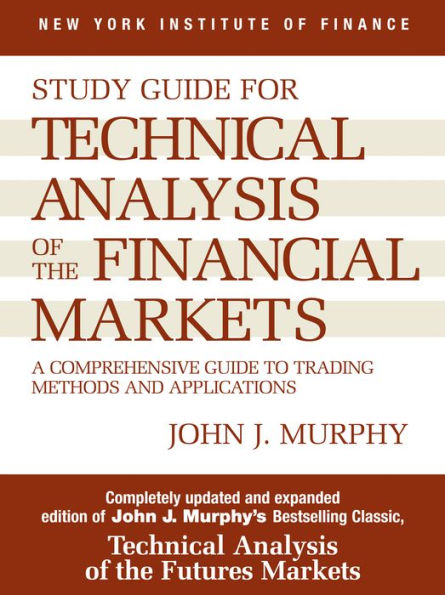5
1

Study Guide to Technical Analysis of the Financial Markets: A Comprehensive Guide to Trading Methods and Applications
160
Study Guide to Technical Analysis of the Financial Markets: A Comprehensive Guide to Trading Methods and Applications
160Related collections and offers
12.99
In Stock

Product Details
| ISBN-13: | 9781101659205 |
|---|---|
| Publisher: | Penguin Publishing Group |
| Publication date: | 01/01/1999 |
| Sold by: | Penguin Group |
| Format: | eBook |
| Pages: | 160 |
| Sales rank: | 480,876 |
| File size: | 2 MB |
| Age Range: | 18 Years |
About the Author
From the B&N Reads Blog
